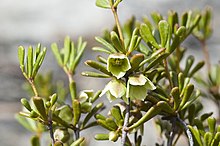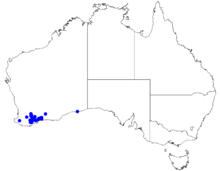
Boronia molloyae, commonly called the tall boronia, is a plant in the citrus family that is endemic to coastal regions in the south-west of Western Australia. It is a shrub with pinnate leaves that mostly have between three and seven leaflets, and deep rose pink, four-petalled flowers. It usually grows along streams in sandy soil.

Boronia crenulata, commonly known as aniseed boronia, is a plant in the citrus family Rutaceae and is endemic to the south-west of Western Australia. It is an open-branched shrub, often trailing between other plants, has strap-like leaves and pink to purple-red, four-petalled flowers in winter and autumn.

Boronia clavata, commonly known as Bremer boronia, is a plant in the citrus family, Rutaceae and is endemic to the south-west of Western Australia. It is a shrub with bipinnate leaves and pale, yellowish green, four-petalled flowers.
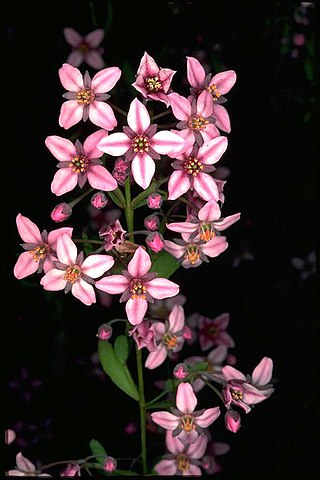
Boronia fastigiata, commonly known as bushy boronia, is a plant in the citrus family, Rutaceae and is endemic to the south-west of Western Australia. It is an erect shrub with small leaves and small groups of red, pink or purple, four-petalled flowers near the ends of the branches.

Boronia heterophylla, commonly known as red boronia or Kalgan boronia, is a plant in the citrus family Rutaceae, and is endemic to the south-west of Western Australia. It is an erect, slender shrub with trifoliate leaves and deep pink to red, four-petalled flowers arranged singly in leaf axils.
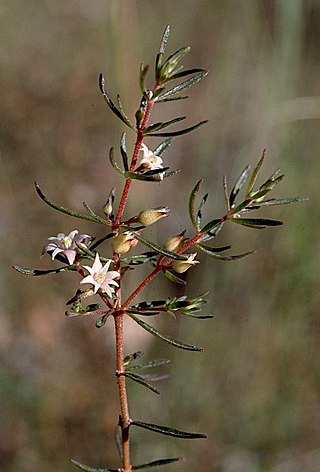
Boronia jucunda is a plant in the citrus family Rutaceae and is endemic to the far north-west of Australia. It is an erect shrub with many branches, pinnate leaves and white, four-petalled flowers. It is only known from a small area in the Kimberley region in Western Australia and in a national park in the Northern Territory.

Boronia juncea is a plant in the citrus family, Rutaceae and is endemic to the far south-west of Western Australia. It is an erect shrub with linear, short-lived leaves and groups of up to eight white to pink, four-petalled flowers.
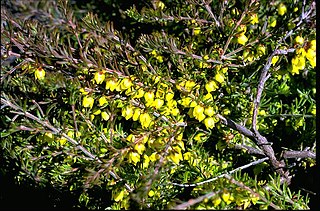
Boronia purdieana is a plant in the citrus family, Rutaceae and is endemic to the south-west of Western Australia. It is a shrub with pinnate leaves and yellow, four-petalled flowers arranged singly in leaf axils.
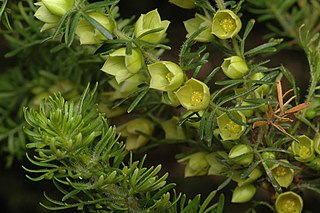
Boronia tetrandra, commonly known as yellow boronia, is a plant in the citrus family, Rutaceae and is endemic to Western Australia. It is a spreading or erect shrub with hairy stems, pinnate leaves and greenish cream to yellow or reddish brown, cup-shaped, four-petalled flowers.
Cyanothamnus acanthocladus is a plant in the citrus family, Rutaceae and is endemic to a small area in the south-west of Western Australia. It is a low, prickly shrub with small leaves and white, four-petalled flowers.
Boronia coriacea is a plant in the citrus family, Rutaceae and is endemic to a small area in the south-west of Western Australia. It is a small shrub with pinnate leaves and hairless pink, four-petalled flowers in small clusters on the ends of the branches.
Boronia corynophylla is a plant in the citrus family, Rutaceae and is endemic to a small area in the south-west of Western Australia. It is a spreading shrub with thin, simple, cylindrical to narrow club-shaped leaves and pale red, four-petalled flowers in groups of up to three on the ends of the branches.

Boronia dichotoma is a plant in the citrus family, Rutaceae and is endemic to the south-west of Western Australia. It is an erect, slender perennial herb or shrub with simple leaves and pink, four-petalled flowers. The species is characterised by sticky glandular hairs on the pedicels.
Boronia interrex, commonly known as the Regent River boronia, is a plant in the citrus family, Rutaceae and is endemic to a small area in the Kimberley region of Western Australia. It is an erect, sometimes low-lying shrub with pinnate leaves, cream-coloured to pale pink sepals and pink petals, the sepals longer and wider than the petals.
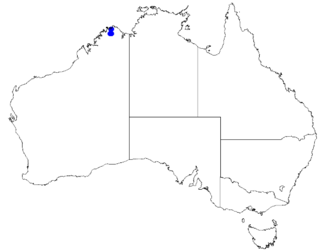
Boronia kalumburuensis is a plant in the citrus family Rutaceae and is endemic to the Kalumburu area of Western Australia. It is an erect or sprawling shrub with many branches, pinnate leaves and white to pink four-petalled flowers with the sepals longer and wider than the petals.

Boronia revoluta, commonly known as Ironcap boronia, is a plant in the citrus family, Rutaceae and is endemic to the south-west of Western Australia. It is an erect shrub with three-part leaves and pink or white, four-petalled flowers.
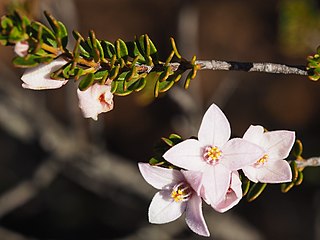
Boronia scabra, commonly known as rough boronia, is a plant in the citrus family, Rutaceae and is endemic to the south-west of Western Australia. It is an open shrub with simple, often clustered, oblong to elliptic leaves, and pink, mostly four-petalled flowers.
Boronia thedae, commonly known as the Theda boronia, is a plant in the citrus family, Rutaceae and is endemic to a small area in the Kimberley region of Western Australia. It is an erect shrub when young, later a prostrate shrub with many branches, pinnate leaves, four white to cream-coloured or pale pink sepals and four similarly coloured petals, the sepals longer and wider than the petals.

Boronia tolerans is a plant in the citrus family, Rutaceae and is endemic to a small area in the Northern Territory in Australia. It is an erect shrub with many branches, pinnate leaves and white, four-petalled flowers. It is only known from Nitmiluk National Park.
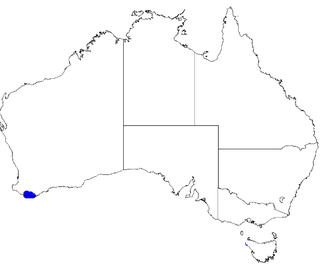
Boronia virgata is a plant in the citrus family, Rutaceae and is endemic to the south coast of Western Australia. It is a virgate shrub with pinnate leaves with between three and five leaflets, and flowers with red sepals and deep pink, egg-shaped petals.
